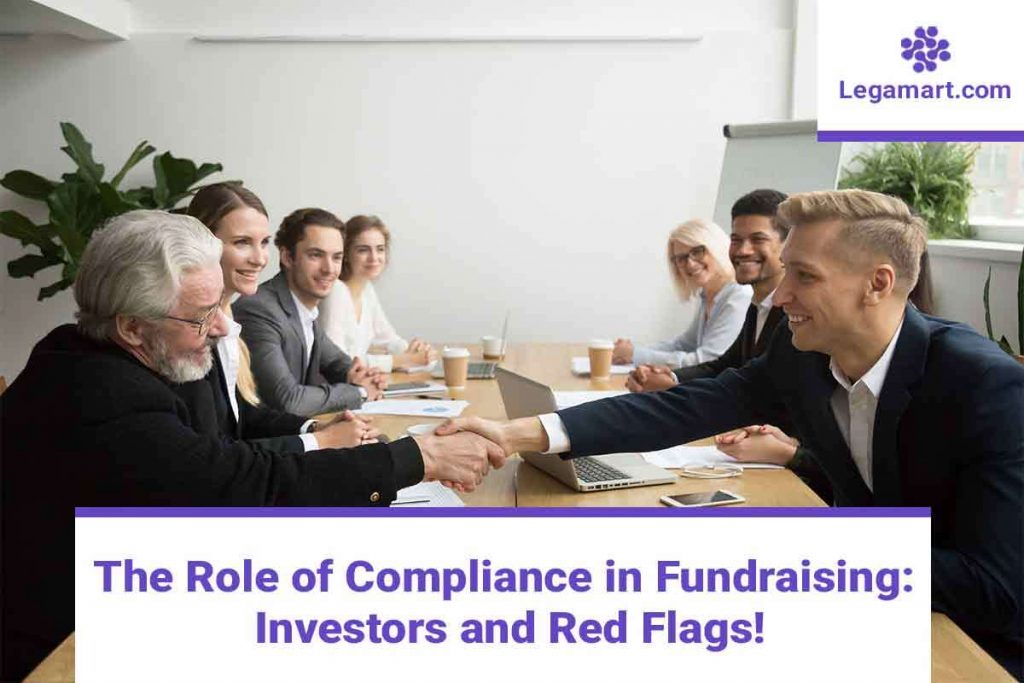Introduction
Few organizations can rely only on the interest from an endowment or investment portfolio. In other words, some have the kind of steady yearly surplus from an investor. But not every non-profit can launch new activities every year without extra funding.
Many non-profits find themselves on a financial treadmill. They wonder how to fund other projects after the current three-year grant allocations expire. With all these difficulties in obtaining funding, it is more reasonable and acceptable to agree on one solution: fundraising.
Fundraising is an essential component of working in the modern non-profit sector. Some see it as a necessary procedure, while others see it as a fantastic and exciting opportunity. Fundraising, in whatever form, is essential to the success of non-profit organizations.
In this evolved age, it is easier than ever for organizations to access new donors, sponsors, and other funding sources. Traditionally, fundraising required a large number of people as well as material and financial resources. However, everything has changed. These operations have been transferred online, saving non-governmental organizations a lot of expenditure and stress worldwide.
Yet, not every organization can carry out the fundraising method. This phenomenon happens because organizations don’t comprehend the role of compliance in fundraising. Thus, the level of compliance in fundraising is an issue that requires attention. This article aims to disclose all the red flags non-profit organizations must avoid.
Brief Definition of Fundrasing

In our society, fundraising is a very ancient phenomenon. Fundraising is a distinct form of communication that “promotes” and “sells” goods. This process has been the most effective “offline” method of collecting funds for various social causes.
Money, securities, tangible personal property, real property, and property interests are all examples of “fundraising” presents. Fundraisers hold many events where attendees can attend and give in-person donations. Fundraising has become more powerful in the digital world as e-commerce alternatives have emerged. The process becomes faster and more transparent by employing an increasing number of online contribution channels.
Maintaining records of any money collected and setting management accounts proves fundraising effectiveness. Suppose the cash coming in does not match the projected objectives. In that case, take those actions:
- Increase more programs to draw new fundraisers attention.
- Identify new sources of funding.
- Lower expenditures.
- Postpone planned projects.
- Subsidize shortfalls from any organizational reserves.
Role of Compliance in Fundraising is a MUST

Fundraising is essential for many charitable organizations supporting key program offerings and operations. Before making any funding decision, the investor will thoroughly research philanthropic organizations. They investigate the investment plan as well as the financial track record. In recent years, the role of compliance in fundraising has become an essential factor in investment selection.
This phenomenon has occurred for various reasons, three of which are particularly noteworthy. Donors and grantmakers these days comprehend the role of compliance in fundraising. They understand compliance mandates provide checks and balances, stability, and transparency.
Organizations that are meticulous and comprehensive in their compliance in fundraising are more likely to approach other aspects of operations, such as developing and implementing an investment strategy, with the same attitude. Finally, no investor will want to engage with a non-profit with regulatory and enforcement agencies issues.
In particular, 41 of the 50 states in the U.S have established prohibitions on every conceivable technique of “charitable solicitation” by organizations. As a result, whether NGOs have 501(c)3 tax-exempt status or not must register before participating in any charitable solicitation.
The registration process differs per state, depending on yearly revenues and strategy. As a result, there is a complex patchwork of rules and complicated, time-consuming steps to follow.
The registration procedure entails the following steps:
- Submitting a paper or online application.
- Providing information on the organization’s board of directors and fundraising activities.
- Providing copies of organizational documents, the IRS letter, and the 990 tax return.
- Paying the registration fee.
Non-profits are then required to renew their registration in each state every year. It includes a new application, an updated program, financial information, and another fee.
In many states, NGOs are required to make disclosures on their solicitation materials. It will direct prospective contributors to where they may learn more about who is requesting them to donate.
Solicitation is also broad in scope and may include sending emails and letters, making phone calls, and asking for grants. Non-profits soliciting using any of these ways should know that registration and other restrictions may exist in one or more states.
So, don’t disregard the role of compliance in fundraising. Before raising donations, organizations should review the legislation with a well-established donor base.
What Happens When Organizations Do Not Follow the Role of Compliance in Fundraising?
It is never a brilliant idea to ignore state charitable solicitation regulations. In the United States, a single offense in one jurisdiction might result in a $5,000 fine, which could exceed the registration cost. Officials and directors of the organization are subject to sanctions in several states. Asides from fines, organizations might face penalties.
Other penalties might be listed, like losing the tax exemption or being requested to revoke donations from the authority. Because each state has different regulations on sentences regarding violation of compliance in fundraising, please visit the LegaMart directory and hire a lawyer based on your questions from your smartphone.
Red Flags that Investors Should be Avoided

Many inexperienced donors are quickly captivated by a brilliant presentation or get caught up in a riveting story. Thus, investors will not evaluate the organization’s level of compliance in fundraising. A list of red flags has been prepared to ensure people do not rush in blindly. Here are some of the most significant ones to be aware of before investing money.
Has The Organization Registered With The Authority Before Raising Funds?
Compliance in fundraising links inextricably to long-term activities. In general, organizations should register as a fundraiser before soliciting donations. Non-profits may have only recently discovered the needs and have been fundraising for years. Long-standing NGOs may have lately increased their efforts to raise funds on a national scale. As a result, their revenue climbed significantly.
This might have special requirements, but compliance is not voluntary – it is the law. Non-profit organizations must understand the significance of adhering to IRS and state regulations. Those organizations help prospective contributors make an informed decision to support the cause. Organizations can establish long-term relationships with their investor by investing in compliance. Then, leverage it to enhance fundraising efforts.
Are Organizations Mitigating Internal Risk With Checks and Balances?
Organizations need to ensure enough checks and balances and segregation of duties. This need is essential in the payment of expenses and investment reconciliation. It is easy for organizations to run afoul of regulators because of insufficient controls or recordkeeping in how costs are invoiced across many funds or clients.
Investment allocation is another potential problem area. Does an organization have the mechanisms to divide trade equally among donors as it opens new funds? What documents can the organization provide to prove compliance with the fundraising process?
Are Organizations Conducting Adequate Due Diligence on Their Own?

AML/KYC legislation and regulations on sanctions and foreign investors have placed a premium on conducting due diligence. To be clear, AML/KYC is a system aimed at combating crimes such as identity theft, money laundering, terrorist financing, and account takeover. Fund managers must maintain a similar level of monitoring of their employees’ activities. This action involves:
- Conducting background checks regularly.
- Adhering to regulations and procedures governing political donations.
- Checking outside commercial training, personal trading, gifts, and entertainment.
Are Organizations Processing Unclear Cap Tables?
One of the fundamentals that must be perfect is the cap table. Errors on a cap table may delay the due diligence process and need legal expenditures to resolve. A weak Cap Table would leave investors in the dark about who owns the organizations, how much their investment is worth, and how they may exit. In other words, investors would be unaware of the genuine investment worth.
Investors should keep a close eye on the cap table and potential issues. Are there any red flags that might cause problems in the following rounds?
Conclusion
Good compliance will not replace poor performance in the race for investors cash. Even the most skeptical investors believe that outstanding performance combined with solid governance is unbeatable. Many founders, boards, and executives of organizations of all sizes are unfamiliar with the concept of compliance in fundraising.
However, it underlies a non-profit capacity to lawfully raise funds, give transparency to contributors and the community, and expand development initiatives. Understanding the role of compliance in fundraising and always following compliance in fundraising; is the key to success and earning the hearts of investors.




